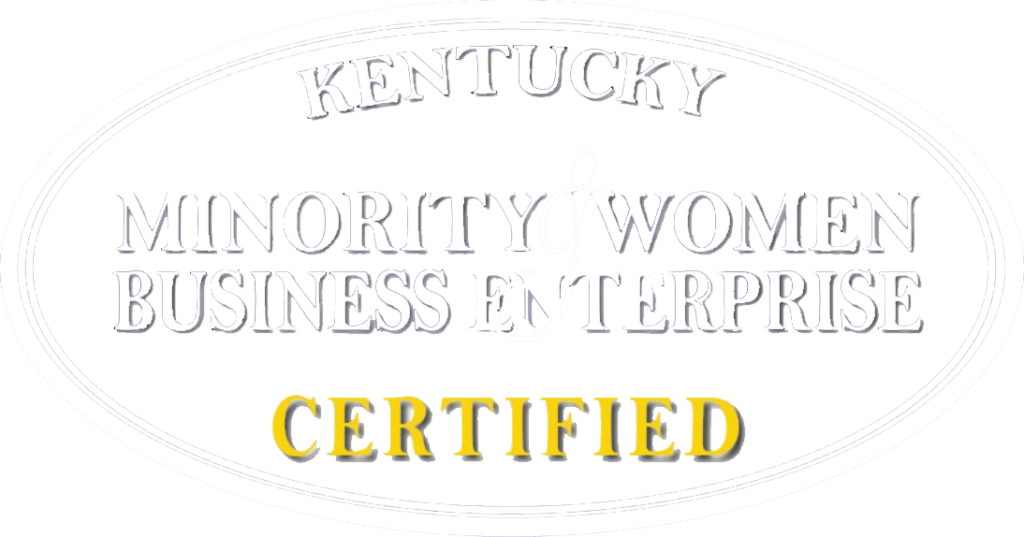By Paladin, Inc
Experts will tell you that the compromise required to maintain a happy marriage can require people to do things that aren’t exactly their favorite activity. For me that took the form of watching the Avengers movies. All of them. In chronological order. (By plot timeline, not release date.) I’ll admit, I was kind of dreading it before my husband hit the “play” button, but, as with most things done with someone you care about, I ended up enjoying it. I even connected it to my work.
For example, in Dr. Strange, a plot element struck me because it had never crossed my mind that someone would think this way. Before the title character became an Avenger, he was a skilled surgeon who looked down on colleagues who only accepted cases they could win. God forbid I should ever have brain trauma, but I’d definitely want a surgeon who is not only excellent, but also more concerned about the outcome than their track record. That said, I’m not a surgeon. I have a commissioning, engineering and sustainability consulting business. Thankfully, no lives are on the line when I show up!
So, why am I sharing this? Because you need to know that not every LEED project is a sure-fire win. Corporate priorities, design constraints, personnel changes, funding cuts and countless other factors can take the good intentions of a LEED project and run them aground.
In the interest of full disclosure, we are sometimes invited into projects midstream and have to tell the owner that their project is just too far gone, for reasons like missing the timing elements inherent in LEED. The heightened requirements of LEED v4 have made it even tougher to garner the points necessary for LEED certification. If those projects were patients, we wouldn’t “pull the plug,” we’d just discuss other strategies to underscore a commitment to the environment (options like WELL, EnergyStar, LEED Existing Buildings, Triple Bottom Line Analysis, etc.).
With that caveat out of the way, I want to focus on those midstream projects that DO have hope, because they have some of the right elements, but they’re just not in focus. In those cases, we take a series of steps to get things moving in the right direction.
MEET THE CLIENT – they’re asking for help quickly because they want/need LEED and the calendar has become their enemy. So we dive in to find out the requirements. Meeting the players allows us to gauge their tolerance for changes, be they schedule, budget, or expectations.
VISIT THE SITE – Next we assess strengths and weaknesses of the project by reviewing available documentation and design strategies. We also interview as many design and construction team members as we can to discern what raw material is available.
MAKE A PLAN – This is where we create our gaps lists and triage strategies in terms of which ones are “in the bag,” which ones are on the shelf, and which ones we need to create. I’ve learned to keep a handful of contingencies up my sleeve when things inevitably drop off. During plan presentations, we often have those tough conversations about adjustments required to get the project over the line.
GET TO WORK – LEED is a shared goal that requires a team effort. Consequently, we succeed by working with others. We cannot design or construct the building, or even buy the services/materials that go into the building, but we can advise on strategies then help document what is achieved. Depending on the scope of the effort, we track and meet to review progress, collaborate, and check-in. What’s measured, gets managed, and that’s true for LEED Scorecards too.
SUBMIT RESULTS – One advantage of being commissioning professionals and LEED experts is that we know how to review things and track issues resolutions. We do our own quality checks before submitting our results to the LEED Review Team. We know that the presentation’s structure is just as important as its content. (It needs to be easy to follow, must tie back to the Credit Intent, and have supporting documentation which proves compliance.)
REVIEW RESULTS – Feedback from the LEED Review Team is a gift. Call me a nerd, but I think I learned the most as a student in those classes that allowed a first draft and the chance to make corrections. It taught me the value of breaking down the gaps in understanding and managing issues resolution. That’s why I disagree with the notion that there are “loopholes” in LEED. Instead, I believe there are multiple ways of demonstrating we’re meeting the intent of the credit. So the chance to respond to feedback with clarifications on our intent and how to close the gap of understanding is key. Corrective actions might involves changes ranging from new sensors to the invocation of a “back-pocket” credit, but they combine to improve the Workplan as we update the strategy. (Sometimes the feedback indicates we nailed it and no changes are needed, so that’s nice.)
DO A DANCE – I love it when we get to celebrate a LEED certification with the whole team. It makes all the work worthwhile. To date, we’ve “danced that dance” with 100 percent of our LEED clients, making us undefeated.
That said, undefeated doesn’t mean just taking the champions. Sometimes, it means helping close the last mile on projects with more potential than focus. While we’re certainly proud of our undefeated track record, our “win” comes from being trusted to help building owners, architects, engineers and builders in peril of missing a vital goal find a path to success. To us, being “undefeated” is about our relentless passion bring out the best in both the project and the team.
Ain’t nothing strange about that!





